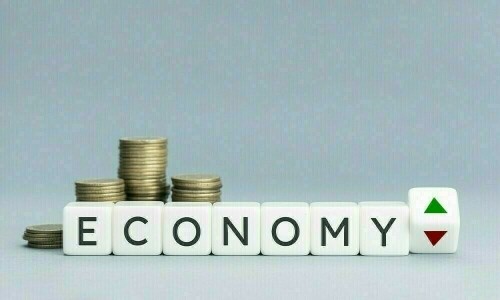Pakistan’s Economic Recovery Projected for Second Half of FY25
The State Bank of Pakistan (SBP) released its half-yearly report for 2024-25 on Monday, indicating that Pakistan’s economy is anticipated to regain strength during the second half (January-June) of the current fiscal year. This optimistic forecast comes despite ongoing difficulties in the agriculture sector, with improvements noted in manufacturing, services, and international trade.
The economy experienced a growth rate of 1.5% in the initial six months of FY25, which is lower than the 2.1% recorded during the corresponding period of the previous year.
According to the central bank’s report, titled ‘The State of Pakistan’s Economy,’ although growth decelerated in the first half of FY25 compared to the same period last year, recent data from high-frequency indicators suggests an increasing momentum in economic activity.
Key indicators imply that the slowdown observed in the first half is transitioning into a modest but consistent recovery in economic activity, aided by relaxed financial conditions and reduced global energy costs.
The real GDP growth forecast remains steady at 2.5–3.5% for FY25.
The central bank’s report highlighted recent data showing the Purchasing Managers’ Index (PMI), a key indicator of manufacturing activity, climbing to 53.0 in February 2025. This is the highest level recorded since August 2022.
Simultaneously, indicators of domestic demand, including sales of automobiles, cement, and petroleum products, saw an increase, while exports of high value-added textiles maintained their growth trajectory.
These advancements suggest a revitalisation of the industrial and services sectors in recent times, expected to drive economic expansion in the months ahead.
However, the agriculture sector remains a point of concern, with recent estimates suggesting a lower-than-expected wheat harvest, posing a downside risk to the overall GDP growth.
Consequently, the real GDP growth projection remains unchanged in the range of 2.5–3.5% for FY25, with risks skewed downwards due to underperformance in agriculture and potential fiscal constraints.
On the domestic front, fiscal accounts demonstrated improvement in the first half of FY25, largely attributed to substantial profit transfers from the SBP and controlled subsidy outflows. Nevertheless, the fiscal deficit forecast remains unchanged at 5.5–6.5% of GDP, as revenue shortfall risks persist, as per the half-yearly report.
Meanwhile, inflation is experiencing a sharp decline. With both global and domestic commodity prices easing and the fading of a high base effect, the SBP has revised the average inflation forecast for FY25 significantly downward to 5.5–7.5%, from previous estimates of 11.5–13.5%.
The current monetary and fiscal strategy, combined with adequate food reserves, is expected to keep inflationary pressures in check in the near future.
Externally, the current account balance for FY25 is projected to be between -0.5 and 0.5 percent of GDP. This is supported by stronger-than-anticipated growth in workers’ remittances, reduced commodity prices, and continued export momentum. However, with imports increasing alongside industrial demand, the economy remains susceptible to sudden increases in global commodity prices.
Looking ahead, the economic outlook faces considerable external uncertainties. Increasing global protectionism, persistent geopolitical tensions, and the potential resurgence of global inflation, driven by supply chain disruptions and tariff-induced cost pressures, present significant challenges for emerging markets like Pakistan.
While domestic recovery appears to be gaining traction, particularly in non-agricultural sectors, sustained progress will depend on both careful policy management and the evolving global economic environment.



Comments (0)
No comments yet. Be the first to comment!
Leave a Comment